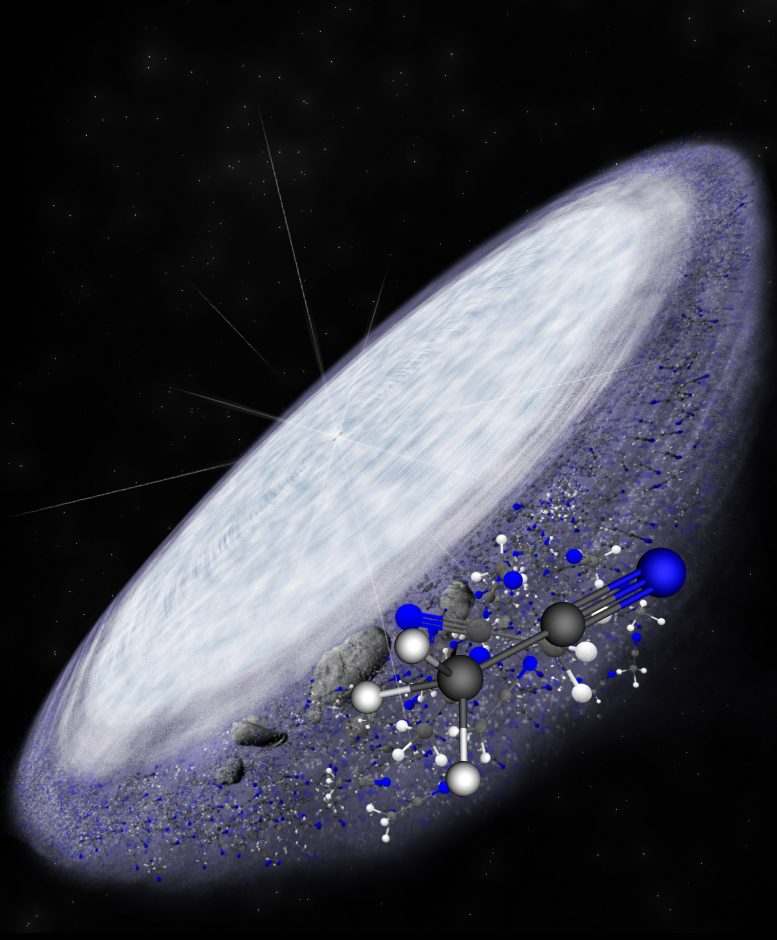
Artist’s impression of the protoplanetary disk surrounding the young star MWC 480. ALMA has detected the complex organic molecule methyl cyanide in the outer reaches of the disk in the region where comets are believed to form. This is another indication that complex organic chemistry, and potentially the conditions necessary for life, are universal. Credit: B. Saxton (NRAO/AUI/NSF)
Astronomers from the Harvard-Smithsonian Center for Astrophysics have detected the presence of complex organic molecules in a protoplanetary disk surrounding a young star, indicating that the conditions that spawned our Earth and Sun are not unique in the universe.
This discovery, made with the Atacama Large Millimeter/submillimeter Array (ALMA), reveals that the protoplanetary disk surrounding the million-year-old star MWC 480 is brimming with methyl cyanide (CH3CN), a complex carbon-based molecule. Both this molecule and its simpler cousin hydrogen cyanide (HCN) were found in the cold outer reaches of the star’s newly formed disk, in a region that astronomers believe is analogous to our own Kuiper Belt – the realm of icy planetesimals and comets beyond Neptune.
Scientists understand that comets retain a pristine record of the early chemistry of our solar system, from the period of planet formation. As the planets evolved, it’s believed that comets and asteroids from the outer solar system seeded the young Earth with water and organic molecules, helping set the stage for life to eventually emerge.
“Studies of comets and asteroids show that the solar nebula that spawned our Sun and planets was rich in water and complex organic compounds,” noted Karin Oberg, an astronomer with the Harvard-Smithsonian Center for Astrophysics (CfA), and lead author on a paper published in the journal Nature. “We now have evidence that this same chemistry exists elsewhere in the universe, in regions that could form solar systems not unlike our own.” This is particularly intriguing, Oberg notes, since the molecules found in MWC 480 are also found in similar concentrations in our own solar system’s comets.
The star MWC 480, which is about twice the mass of the Sun, is located approximately 455 light-years away in the Taurus star-forming region. Its surrounding disk is in the very early stages of development – having recently coalesced out of a cold, dark nebula of dust and gas. Studies with ALMA and other telescopes have yet to detect any obvious signs of planet formation in it, though higher resolution observations may reveal structures similar to HL Tau, which is of a similar age.
Astronomers have known that cold, dark interstellar clouds are very efficient factories of complex organic molecules – including a group of molecules known as cyanides. Cyanides, and most especially methyl cyanide, are important because they contain carbon-nitrogen bonds, which are essential for the formation of amino acids, the foundation of proteins.
It has been unclear, however, if these same complex organic molecules commonly form and survive in the energetic environment of a newly forming solar system, where shocks and radiation can easily break chemical bonds.
With ALMA’s remarkable sensitivity, the astronomers now know that these molecules not only survive, but thrive.
Importantly, the molecules ALMA detected are much more abundant than would be found in interstellar clouds. According to the researchers, there’s enough methyl cyanide around MWC 480 to fill all of Earth’s oceans. This tells astronomers that protoplanetary disks are very efficient at forming complex organic molecules and that they are able to form them on a relatively fast timescale.
This rapid formation is essential to outpace the forces that would otherwise break the molecules apart. Also, these molecules were detected in a relatively serene part of the disk, roughly 4.5 to 15 billion kilometers from the central star. Though incredibly distant by our solar system’s standards, in MWC 480’s scaled-up dimensions, this would be squarely in the comet-forming zone.
As this solar system continues to evolve, astronomers speculate, it’s likely that the organic molecules safely locked away in comets and other icy bodies will be ferried to environments that would be more nurturing for life.
“From the study of exoplanets, we know our solar system isn’t unique in having rocky planets and an abundance of water,” concluded Oberg. “Now we know we’re not unique in organic chemistry. Once more, we have learned that we’re not special. From a life in the universe point of view, this is great news.”
This release is being issued jointly with the National Radio Astronomy Observatory (NRAO).
Headquartered in Cambridge, Massachusetts, the Harvard-Smithsonian Center for Astrophysics (CfA) is a joint collaboration between the Smithsonian Astrophysical Observatory and the Harvard College Observatory. CfA scientists, organized into six research divisions, study the origin, evolution, and ultimate fate of the universe.
Reference: “The comet-like composition of a protoplanetary disk as revealed by complex cyanides” by Karin I. Öberg, Viviana V. Guzmán, Kenji Furuya, Chunhua Qi, Yuri Aikawa, Sean M. Andrews, Ryan Loomis and David J. Wilner, 9 April 2015, Nature.
DOI: 10.1038/nature14276




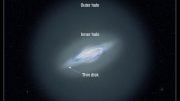

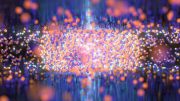
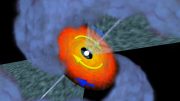
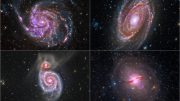
The term «organic» in the title, while appropriate in a chemical sense, is misleading here, given that the general public – most of this website’s audience I presume – use it as far as I know exclusively for something that comes from a living organism. The discovery in itself is extremely interesting, but the title is borderline «click bait».
Hello Sir, Organic does not necessarily mean that it is from organic matter. Since such hydrocarbons are found in organic matter,the name is taken for granted. It is necessarily Hydrocarbons which means that a combination of Carbon, Nitrogen, Hydrogen and Oxygen which forms a separate branch of chemistry on account of forming millions of compounds. Wohler”s synthesis of Urea CO(NH)2 from pure inorganic atoms disproved the divine theory which was till then held for the formation of organic compounds. Similarly Amino-acids which are the basic building structures of living cells , to say precisely , there are just 24 in number, are all formed from pure organic molecules and no divine theory is needed. If you put a piece of DNA in a soup of amino acids it will duplicate and grow and this is the precise method of DNA finger printing. Life cannot be said to be seeded from somewhere in the Universe. Life molecules of DNA, RNA etc are formed from the simple amino acids only. A strong radiation accounts for catalysing formation of amino acids from simple molecules. Strong radiation like gamma rays , and X-rays were available in early Universe aplenty and it is available in the present universe also and these radiations are responsible for formation of amino acids which are precursor to the life giving molecules. Biology can be considered to be the extension of organic chemistry, since duplication chemicals are aplenty as we build more and more bigger molecules of organic chemistry. Water is the sole agent of absorbing amino acids and it is found everywhere in the Universe, not only on Moon, Mars,Titan, Comets, Asteroids etc but it is universally prevalent in every star system and their Kuiper Belts (The outer most ring of planetoids, ice mountains , stars and comets). Having said all these, I would like to point out that initial experiment to form E-Coli synthetically failed in spite of constructing its only 36 genes of DNA. So, one more thing is missing in the life formation synthetically. This should not be confused with cloning where live DNA fragment is taken from another life being and processed. Here the source of DNA is derived from a life being which existed already. But purely from synthetic DNA we could not succeed anyway. Thus there is an extra invisible molecule of KNOWLEDGE, atomised and imbibed in the carbon compound of DNA. This mystery molecule of KNOWLEDGE is responsible for successive adaptation of all the living beings according to the Nature and knowledge for struggle for existence, knowledge for growing limbs for locomation with even more complicated form duplication of cells. This is an unknown area of SCIENCE, like DARK MATTER in the Universe which is true for its existence and yet invisible and undetectable. Thank You.